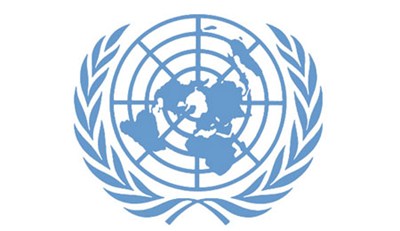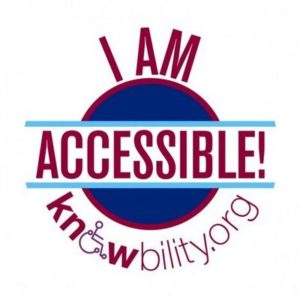It’s happened again.
I’m reading materials about making volunteering more accessible for people with disabilities and my repeated thought as I read is These are great suggestions for ALL volunteers! There’s no reason to do this JUST with people you think might have disabilities!
Below are excerpts from various publications I’ve been reading that show what I mean: Some have been slightly edited for clarity (substituting one word, for instance). Don’t just do these with people who have disabilities – do them for ALL OF YOUR VOLUNTEERS:
Make sure that anyone who works with volunteers with disabilities always asks if there is anything that can be done to accommodate their needs. (Me: do this with ALL volunteers, not just those with disabilities).
Regularly ask volunteers is they are having any challenges carrying out a task and ask if some accommodation or different task would make the volunteer’s involvement easier.
Encourage a culture of watching out for volunteers while they carry out their assignments and making sure that their needs are met.
Regularly ask volunteers if they are having any challenges carrying out a task and ask if some accommodation or different task would make the volunteer’s involvement easier.
Formally adopt a policy that states that it is the right of your volunteers to ask for and receive alternative tasks or accommodations. Make all volunteers aware of this policy.
Adopt a formal policy that states that your organization will do a regular review of its volunteer recruitment and management procedures and practices to ensure that the organization’s needs are being met and that no group of people is being excluded.
Review the time commitments and schedules attached to your volunteer positions to see if there is a solid rationale for them.
Make it part of your volunteer management approach to adapt roles to volunteers and not volunteers to roles.
Regularly talk with volunteers to get an idea of what it is actually like to volunteer for your organization. If some volunteers have fixed time commitments, ask them if there is a better way to organize their work than the way you do it now. That is, ask if they would prefer a more flexible schedule.
Formally state in a written volunteer policy that volunteers will be assigned tasks based on their capacities and abilities and will be accommodated reasonably to carry them out.
When assigning tasks that are done every year (e.g. duties in an annual fundraising campaign), look at the health status and other
factors of each volunteer before automatically assigning them the same tasks that they have “always” done. Consider alternative assignments where necessary.
Ensure that volunteer managers speak with volunteers before organizing an annual work plan and verify the volunteers’ ability and availability to do the same jobs as in previous years.
Ask volunteers what barriers they have encountered with your organization and how they have overcome such (if they have).
If you do interviews with candidates for volunteering, send the candidates the questions you are going to ask BEFORE that interview.
During an interview with a candidate for volunteering, plenty of time should be given for the volunteer to answer the questions, as
some people might need more time to think about what has been
asked.
During the interview, you may want to ask the candidate what support, if any, they feel they might need when volunteering. This is beneficial to both the organization and the volunteer so that any support needed can be planned and arranged before the
volunteer begins the assignment.
It is very important that those that will support the volunteer meet with the volunteer before any volunteering begins. This will allow both people to decide if they are happy to work together and it is also a chance to get to know each other.
People have said they would prefer a trial period of 2 months. After the first month, at their supervision meeting, you should ask the volunteer if they are happy to go on to the next month.
You should feel comfortable in being able to say honestly what is working well and what, if anything, could be better.
Again – these tips were written to help staff work better with volunteers with disabilities, but the reality is that these are great tips for supporting and managing ALL volunteers.
Also see:
- Make All Volunteering as Accessible as Possible
- Accessibility, diversity & virtual volunteering
- People with disabilities & virtual volunteering
- You do not need to meet via video conference with every potential volunteer
- United Nations site for people with disabilities is inaccessible
- The Impact of In-Person Usability Demos on Web Designers
- “If no one is complaining, we don’t have to change how we do things”
- GirlGuiding Attempt at Inclusion Raises Ire of Many
- Are Accessible Web Sites Only For Companies That Can Afford Professional Web Designers?
- Dealing with customers with diminished mental capacities

If you have benefited from this blog, my other blogs, or other parts of my web site and would like to support the time that went into researching information, developing material, preparing articles, updating pages, etc. (I receive no funding for this work), here is how you can help.






 Knowbility’s
Knowbility’s
 Someone who is associated with a blood and tissue donation program that is not based at a community of faith (church, mosque, temple, etc.) posted this on Facebook recently:
Someone who is associated with a blood and tissue donation program that is not based at a community of faith (church, mosque, temple, etc.) posted this on Facebook recently: